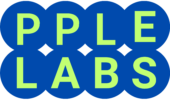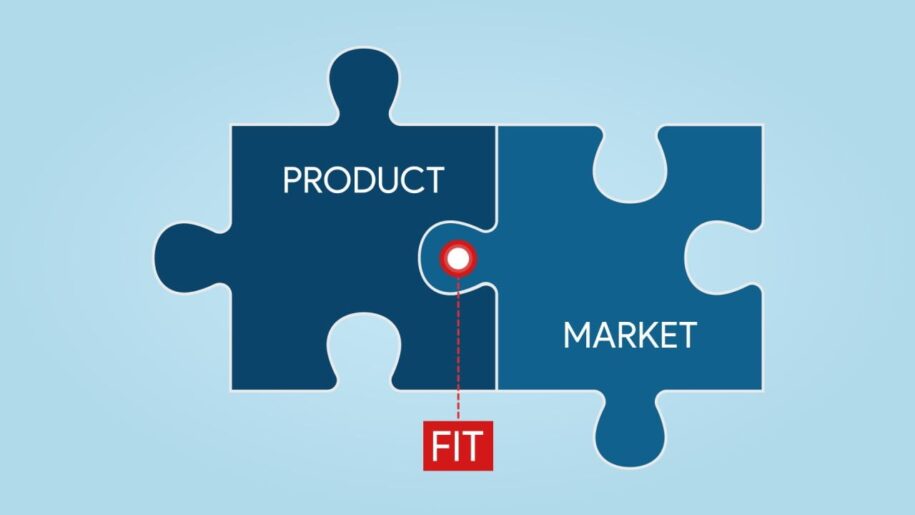So, you’ve got a groundbreaking idea for a startup. That’s fantastic! But before you jump headfirst into building your dream, you need to ensure there’s a market for your product. This is where achieving product-market fit comes into play. Understanding and achieving product-market fit is crucial for the success of any startup. It’s the difference between creating a product that sells and one that sits on the shelf collecting dust.
Identifying Your Target Market
The first step in this journey is to identify your target market. You can’t hit a target you can’t see, right? Start by researching market needs. Dive deep into understanding what your potential customers are struggling with and how your product can solve those problems. Create detailed customer personas to represent your ideal customers. This will help you tailor your product and marketing efforts to meet their specific needs. For more insights on understanding your target audience, check out this comprehensive guide from HubSpot.

Developing a Value Proposition
Now that you know who your target customers are, it’s time to develop a value proposition. This is essentially what makes your product unique and why customers should choose it over others. Align your product features with the market needs you identified earlier. Make sure your product solves a real problem and offers something your competitors don’t. To get a deeper understanding of crafting a strong value proposition, read this article from Neil Patel.
Validating Your Product
Before you go full steam ahead, validate your product idea. Conduct thorough market research to see if there’s actual demand for your product. Creating a Minimum Viable Product (MVP) is a great way to test the waters. An MVP is a simplified version of your product that allows you to get feedback and make improvements before launching a full-scale version. For a detailed look at how to create an MVP, this post from TechCrunch is a must-read.

Gathering Customer Feedback
User feedback is gold. It’s the best way to understand what works and what doesn’t. There are various methods to collect feedback, such as surveys, interviews, and beta testing. The key is to listen to your users and take their input seriously. This feedback will be invaluable in refining your product. For effective strategies on gathering customer feedback, see this guide from Forbes.
Iterating Based on Feedback
Once you have feedback, it’s time to iterate. Make necessary adjustments to your product based on what your customers are saying. Prioritize features and fixes that will have the most significant impact on user satisfaction. This step is crucial because it ensures your product evolves to meet customer expectations and market demands. Learn more about the iteration process from this blog on ProductPlan.

Scaling and Expanding
Knowing when to scale is an art. You’ve achieved product-market fit when you consistently get positive feedback and see growing demand. At this point, it’s time to scale your operations. However, scale sustainably. Focus on strategies that promote steady growth without overextending your resources. For tips on scaling your startup, check out this article from Entrepreneur.-
Conclusion
Achieving product-market fit is a journey filled with research, validation, feedback, and iteration. It’s about creating a product that not only fills a gap in the market but also resonates with your target audience. By following these steps, you’ll be well on your way to building a successful startup.
FAQs
How do I know if I’ve achieved product-market fit? You’ve achieved product-market fit when you see a consistent increase in demand for your product and receive positive feedback from users.
What are common mistakes in finding product-market fit? Common mistakes include not conducting enough market research, ignoring user feedback, and scaling too quickly without a solid foundation.
How long does it usually take to achieve product-market fit? The time it takes varies widely depending on the market and product, but it typically takes several months to a few years.
Can product-market fit change over time? Yes, product-market fit can change as market conditions and customer needs evolve. It’s essential to stay adaptable and continuously gather feedback.
What are some examples of successful product-market fit? Examples include Dropbox, which solved a common problem of file sharing and storage, and Airbnb, which met the need for affordable, flexible lodging options.


Leave a Reply